energy
Latest
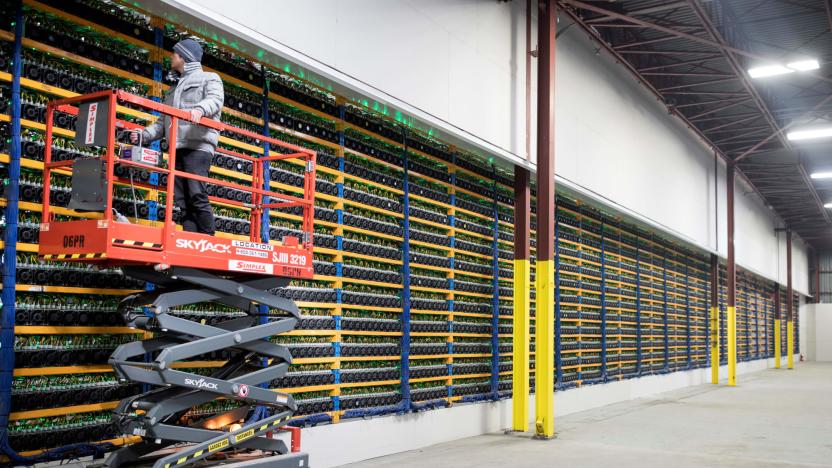
Bitcoin miners turn Quebec's cheap energy into cold cash
Bitcoin mining is a weird industry. Vast banks of dedicated computers solve complex equations to generate hashes worth a fraction of a coin, consuming huge amounts of power in the process. For such operations to be economically feasible nowadays, miners need the cheapest electricity possible.

Tesla's latest smart power grid experiment begins in Canada
Tesla's experiments with smart power grids are headed further North. Canada's Nova Scotia Power recently finished setting up a pilot project that will use a combination of Tesla's Powerwall 2 home batteries and utility-grade Powerpack batteries to create a more reliable wind power system. The Elmsdale-based Intelligent Feeder Project fills gaps in the electrical grid by topping up the Powerpacks whenever a nearby wind turbine system generates excess power, and delivering that stored energy to local homes (including those with Powerwall 2 batteries) when there's an outage or the turbine system falls short.
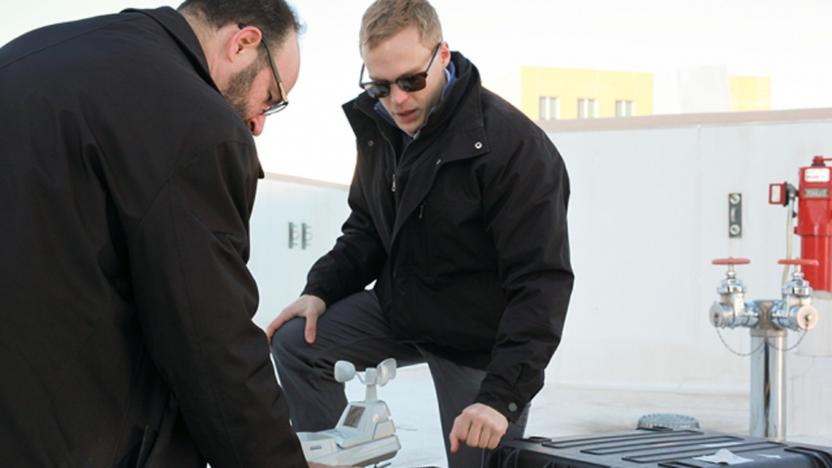
Device provides years of power through temperature swings
Eventually, you might not need a battery or a conspicuous external power source to keep a device running for years on end. A team at MIT has created a device that produces energy by exploiting the temperature swings that occur between day and night. Known as a thermal resonator, it uses a hybrid of materials that produce both high heat conduction and capacity. A copper or nickel foam at its core is coated with graphene to boost its conductivity, and is infused with a phase-changing material (octadecane) that serves as storage. Effectively, one side of the device is always capturing heat while the other is storing it -- you just have to harvest that energy with conventional techniques.

Tesla’s big battery is undercutting Australia’s energy cartels
When Tesla installed the world's largest lithium-ion battery in South Australia last year, it came with the promise that it would revolutionize the way electricity is produced, stored and sold in a region known for blackouts and market monopolizing. Less than two months later, that promise has been delivered to the tune of a multimillion-dollar saving, as the Tesla big battery essentially noped an attempt by Australia's energy cartel to capitalize on power fluctuations and send the market into overdrive.

Tesla will create 'virtual power plant' with 50,000 Australian homes
Tesla isn't done bolstering Australia's power grid just because its giant battery farm is up and running. South Australia premier Jay Weatherill has unveiled a partnership that will provide 5kW solar panels and Tesla Powerwall 2 batteries to "at least" 50,000 homes in a bid to create the largest-ever "virtual power plant," where homes contribute their surplus energy to the grid. The move will theoretically stabilize the Australian state's electricity infrastructure, reducing the blackouts and surging prices that have plagued the region in recent times.
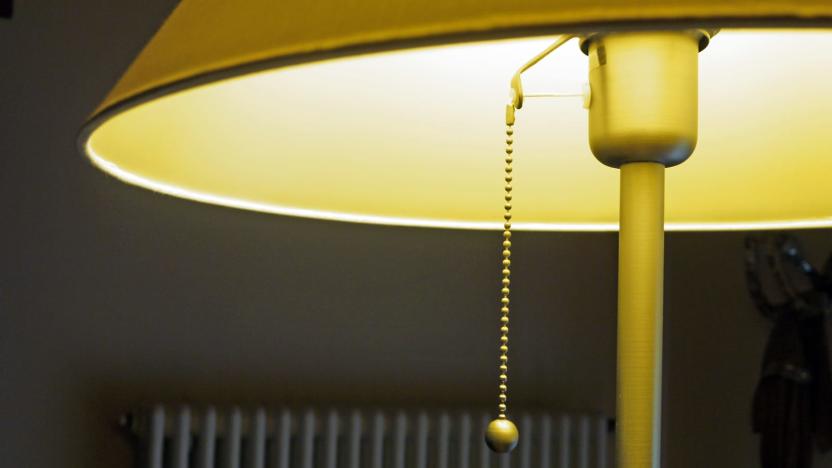
Americans are using less energy by staying at home
Americans are using less energy -- paradoxically, by spending more time indoors, according to a new study in the journal Joule. But researchers point out that keeping more lights on was offset by lifestyle changes that kept people inside instead of roaming around offices and retail stores -- like, say, online shopping and working from home. Despite energy consumption worldwide increasing every year, this slight uptick in American hermitage reduced national energy demand by 1.8 percent over a year.

US coal industry saw little growth in 2017 despite White House push
The Trump administration has been eager to prop up the US coal industry despite evidence that it's in a steep decline. But did it have much of an effect? Not really. Reuters has obtained preliminary Mining Health and Safety Administration data showing that there was negligible job growth in coal mining during 2017. The field added a total of 771 jobs, reaching 54,819 -- a figure still near historic lows. There was growth in Pennsylvania, Virginia and West Virginia, but that was largely offset by mine closures in several states, including Ohio (414 jobs lost) and Texas (455).
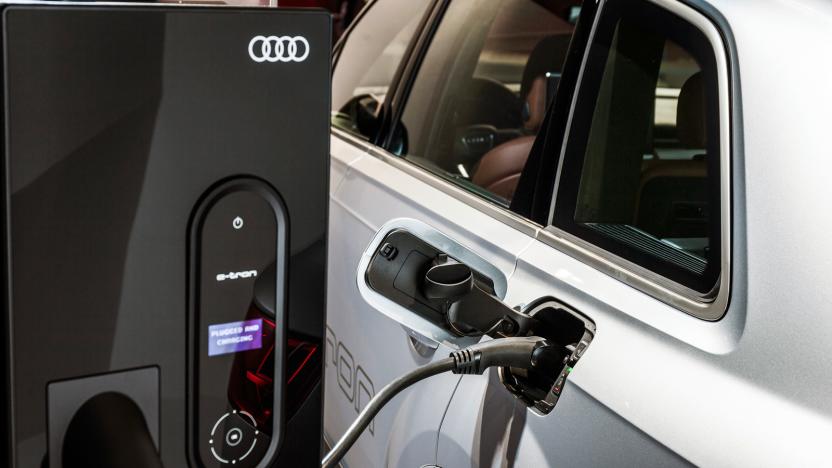
Audi smart home battery grid creates a 'virtual power plant'
Audi isn't going to let rival automakers like BMW and Tesla corner the market on home batteries. The German badge is testing a Smart Energy Network where solar-powered batteries not only help your home minimize use of the electrical grid, but talk to each other. The result is, as Audi put it, a "virtual power plant" -- households collectively feed power into the grid and help balance overall consumption.
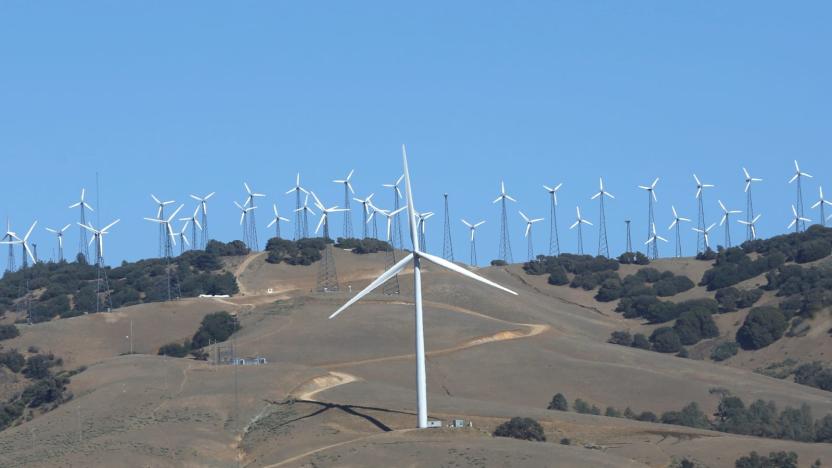
Nearly all new US electricity capacity was renewable in 2017
Renewable energy played an important role in the US last year... although you might not want to cheer too loudly. Data from both the Rhodium Group and the Energy Information Administration shows that solar and wind power represented 94.7 percent of the net new electricity capacity (15.8GW out of 16.7GW) added in 2017. However, that's mainly because fossil fuel power continued to fade away. Electrek noted that plant closures removed 11.8GW of utility-scale fossil fuel power from the equation -- this was more a testament to the decline of coal than a triumph for green tech.
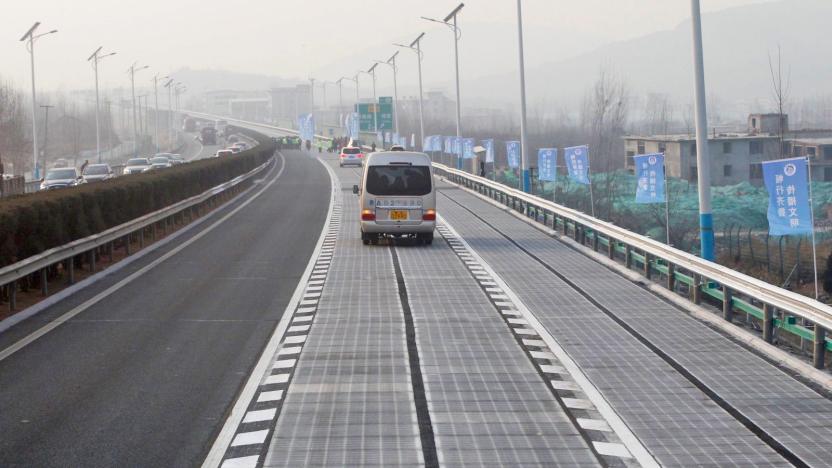
Thieves swipe a portion of China's solar road
Solar roads have plenty of potential problems, such as damage and snow, but theft? Apparently that's a concern, too. China's Qilu Evening News reported that thieves carved out a small (5.9in by 73in) portion of an experimental road in Jinan on January 2nd, a mere five days after its December 28th debut. While it's tempting to suggest this was an accident, officials said the missing segment was "neatly cut," and didn't appear to have come loose on its own.
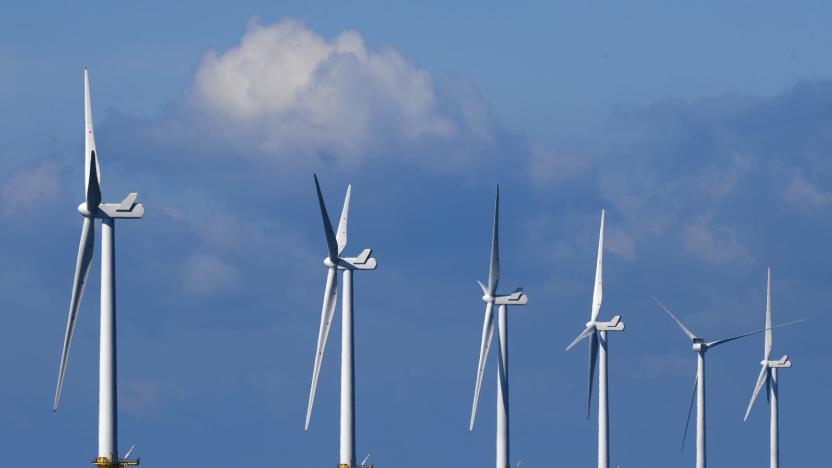
Renewable energy outstripped coal use in the UK for most of 2017
The UK has been working to significantly reduce its carbon emissions and with that effort, it hit some major green milestones this year. In April, the country went a full day without coal-generated power for the first time in 135 years. And in June, the country saw more than half of its energy being generated by renewables (i.e. solar, wind, hydropower and biomass) for the first time.

Hackers shut down plant by targeting its safety system
Hackers have already attacked critical infrastructure, but now they're launching campaigns that could have dire consequences. FireEye reported that a plant of an unmentioned nature and location (other firms believe it's in the Middle East) was forced to shut down after a hack targeted its industrial safety system -- it's the first known instance of a breach like this taking place. While the digital assault was clearly serious in and of itself, there are hints that it could have been much worse.

The colossal ITER fusion power facility is halfway finished
Fusion remain the ideal solution for energy woes: Limitless production with no harmful waste. Scientists haven't managed to get a functional (and productive) installation up and running, but that hasn't stopped them from trying. The biggest project is the colossal ITER tokamak fusion reactor, an international project based in France that aims to start its first experiments in 2025. Today, its handlers announced that the massive installation is halfway finished and headed toward a completion date of 2021.

Microsoft plans a 75 percent reduction in carbon emissions by 2030
Microsoft has pledged to slash its carbon emissions by 75 percent by 2030, against a 2013 baseline. By pushing its carbon neutrality plans and renewable energy commitments, the target puts the company on track to meet the goals set in the Paris Climate Agreement, and of course puts a big tick in its corporate social responsibility box.

Feds warn energy, aviation companies of hacking threats
Hackers have been targeting the nuclear, energy, aviation, water and critical manufacturing industries since May, according to Reuters. It's even serious enough for Homeland Security and the FBI to email firms most at risk of attacks, warning them that a group of cyberspies had already succeeded in infiltrating some of their peers' networks, including at least one energy generator. According to the feds' report, the hackers use malicious emails and websites to obtain credentials needed to worm their way into networks where they remain, biding their time and keeping an eye on the firms' activities.
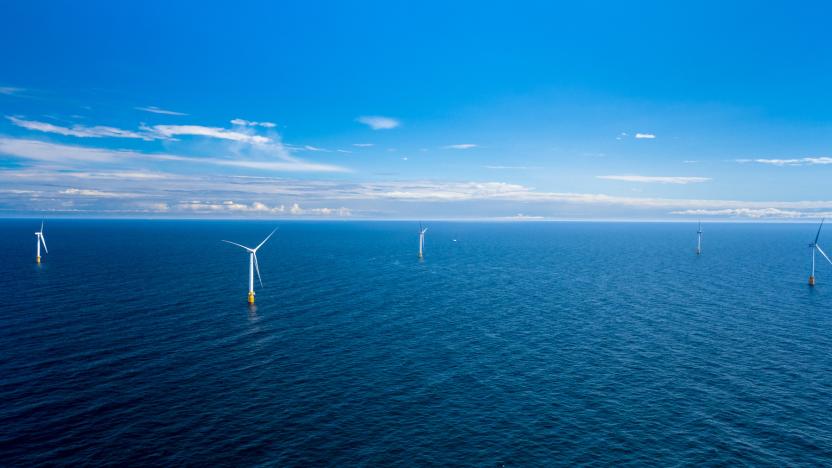
World’s first floating wind farm powers up in Scotland
The blades of five huge turbines have begun spinning on the world's first floating offshore wind farm, located over 15 miles off the coast of Peterhead, Aberdeenshire in Scotland. First Minister Nicola Sturgeon is cutting the ribbon on the renewable energy site today -- presumably in an on-land ceremony -- which is capable of pumping 30 megawatts of clean electricity into the grid. In more human terms, that's enough to power approximately 20,000 homes. The turbines of Hywind Scotland stand 253 meters tall in total (around 830 feet), with 78 meters (256 feet) of that bobbing beneath the surface, tethered to the seabed by chains weighing 1,200 tonnes.
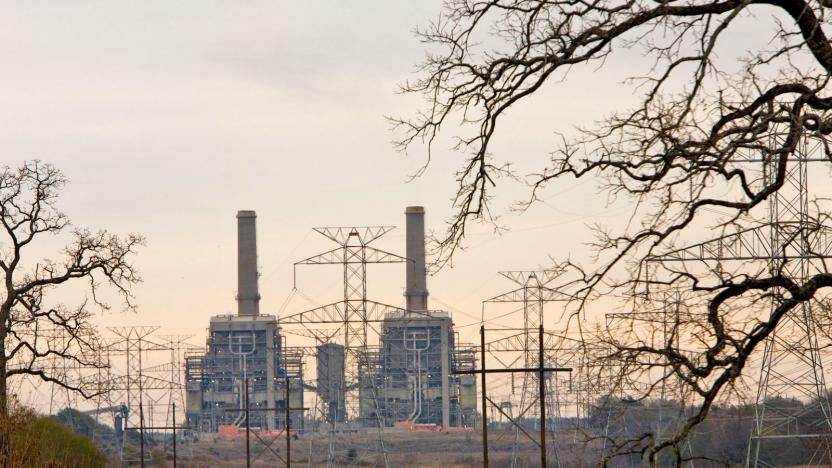
Coal power plant closures ramp up in spite of White House plans
The Trump administration may hope that it can reverse coal power's decline by ending the Clean Power Plan and other eco-friendly efforts, but the industry's moves suggest otherwise. Luminant has announced plans to close three major coal plants in Texas (in Freestone, Milam and Titus counties) between January and February of 2018. The shutdowns will take a combined 4,200MW of power off the grid -- enough to run over 4 million homes, as Reuters notes. The news boosts the expected capacity of 2018 power plant closures to over 13,600MW, or a whopping 79 percent more than the known closures for this year. It's not a record high (nearly 18,000MW went offline in 2015), but it's clear that the trend is toward more closures, not fewer.
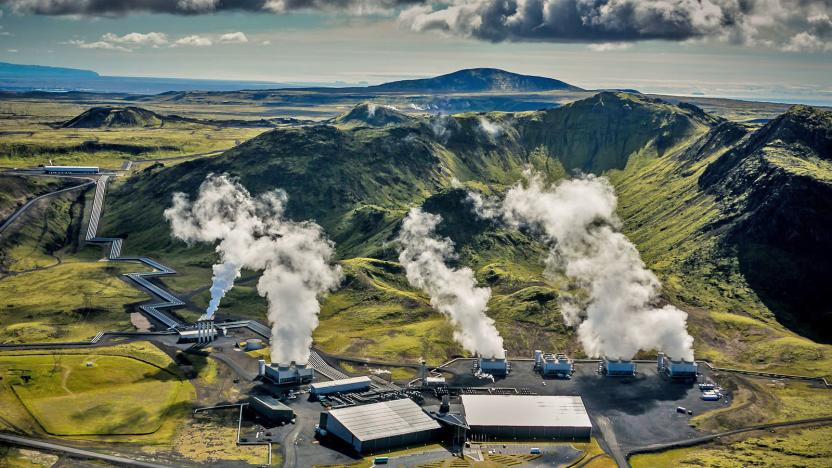
First-ever 'negative emissions' power plant goes online
Unfortunately, it's no longer enough to cut CO2 emissions to avoid further global temperature increases. We need to remove some of the CO2 that's already there. Thankfully, that reversal is one step closer to becoming reality. Climeworks and Reykjavik Energy have started running the first power plant confirmed to produce "negative emissions" -- that is, it's removing more CO2 than it puts out. The geothermal station in Hellsheidi, Iceland is using a Climeworks module and the plant's own heat to snatch CO2 directly from the air via filters, bind it to water and send it underground where it will mineralize into harmless carbonates.

Microsoft buys 15 years worth of energy from GE’s Irish wind farm
Microsoft announced that it has bought all the energy that will be produced for the next 15 years by GE's 37-megawatt Tullahennel wind farm in Ireland. But this isn't just a good marketing move: Both companies will take the opportunity to mine the powerplant's data to understand how each turbine's battery can better store energy and potentially redistribute it back into the grid. As Microsoft's statement notes, it's the first deployment of battery storage integrated with wind power in all of Europe.
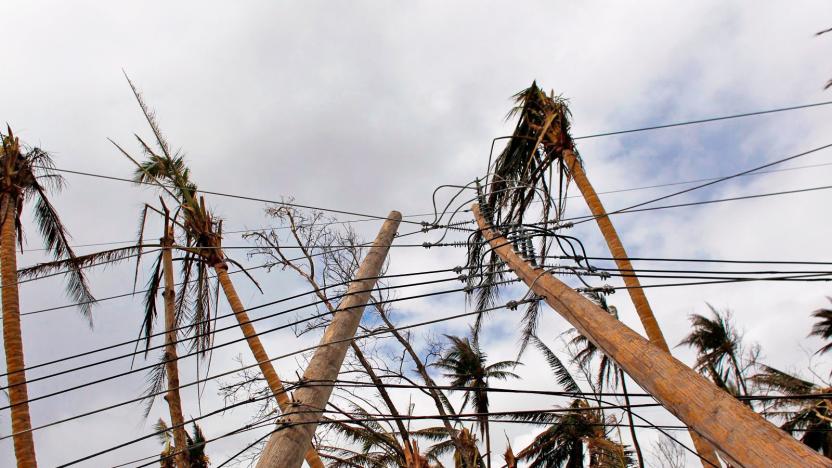
Puerto Rico governor will discuss Tesla solar systems with Elon Musk
Following hurricanes Irma and Maria, millions of Puerto Rico residents were left without electricity and it's expected to take months for power to be restored. Well one person mused on Twitter whether Elon Musk could help out by rebuilding the island's electricity grid with solar and battery systems and Musk responded that it wasn't out of the realm of possibility.






